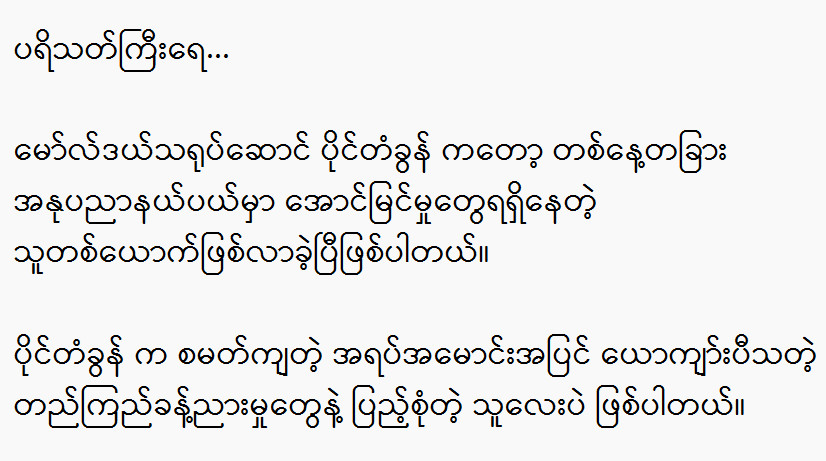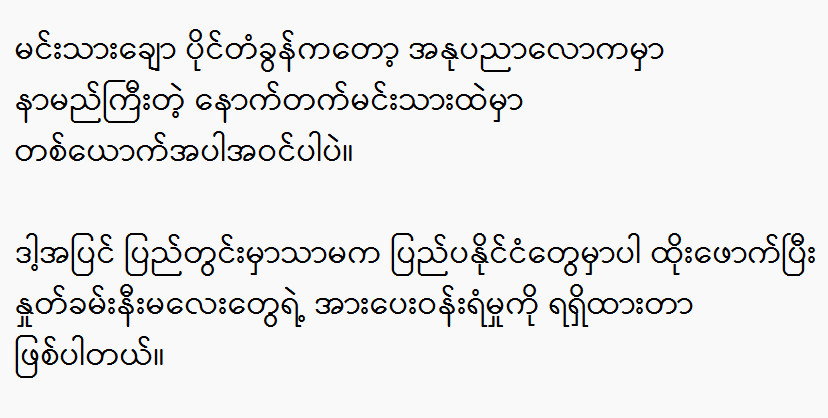










The Space Shuttle Challenger disaster was passed on January 28, 1986. The Space Shuttle Challenger was a NASA space shuttle that broke piecemeal just 73 seconds into its flight, leading to the woeful deaths of all seven crew members on board.
The crew included Francis R. Scobee, Michael J. Smith, Ronald McNair, Ellison Onizuka, and Judith. Resnik, Gregory Jarvis, and Christa McAuliffe, who was a mercenary academy schoolteacher and would have been the first servicewoman in space.
The accident was caused by the failure of an O-ring seal on one of the solid rocket boosters, which led to the decomposition of the shuttle’s external energy tank. The O-ring had come less flexible in the cold temperatures on the morning of the launch, compromising its capability to contain the hot feasts produced during takeoff.
The failure resulted in the loss of the vehicle, and the disquisition that followed revealed excrescencies in the decision-making processes and communication within NASA, as well as issues with the design of the O- O-rings.
The accident led to a temporary suspension of the Space Shuttle program and a thorough redesign of the boosters. It also urged significant changes in NASA’s safety culture and decision-making procedures.
The tragedy served as a dimmed memorial of the pitfalls involved in space disquisition and stressed the significance of thorough engineering and safety practices. It also led to a reevaluation of the public’s perception of space trips, as the Challenger disaster was witnessed by millions of people who were watching the launch live on TV.
The Challenger disaster was a woeful event that had a profound impact on the space agency and the nation as a whole. It served as a memorial of the pitfalls involved in space disquisition and the significance of thorough safety measures in all aspects of space operations.
